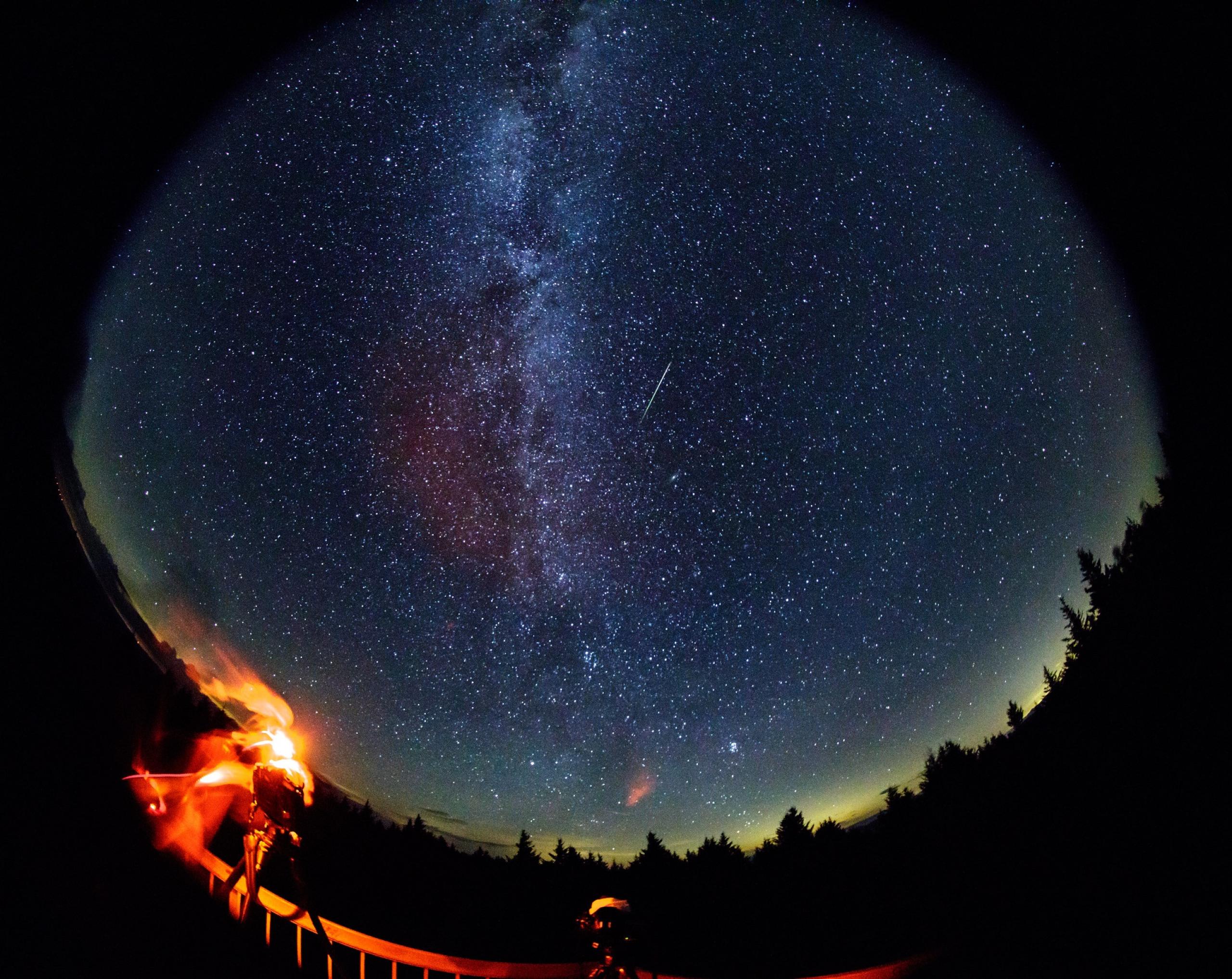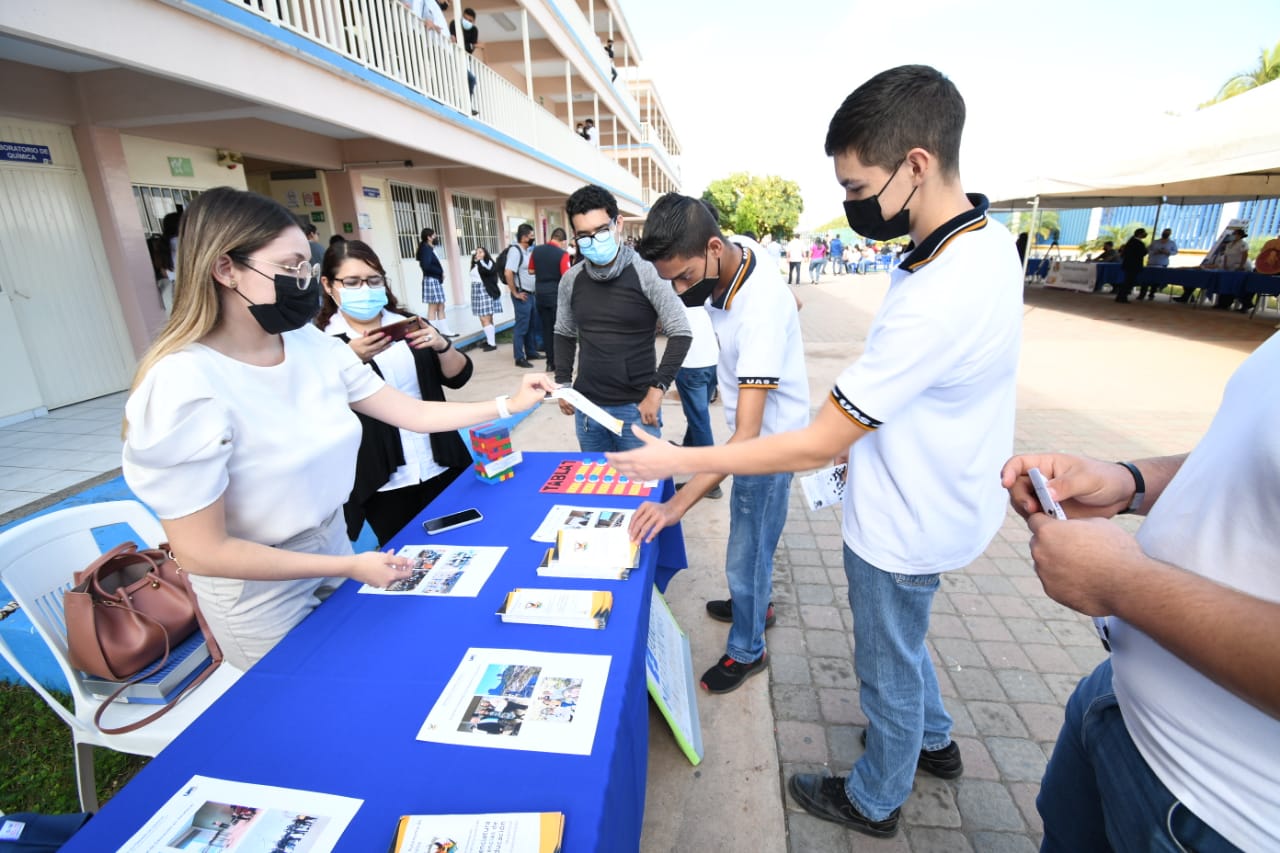It’s time for one of the biggest meteor showers of the year! The Perseids, also known as Tears of St. Lawrence, have been appearing in our night skies for weeks now, and when they peak tonight, there will be an impressive sky-gazing opportunity.
Our meteor tracking cameras spotted their first Perseid on July 26, but your best chance to see them will start today, the night of August 11. With the crescent moon setting early, the skies will be dark during peak viewing hours, from midnight (local time) to sunrise on August 12.
The Perseids are fragments of Comet Swift-Tuttle, which orbits between the Sun and beyond the orbit of Pluto once every 133 years. Every year, Earth passes close to the comet’s path, and the debris left by Swift-Tuttle appears as meteors in our sky.
If you are in the northern hemisphere, and far from light pollution, you could see more than 40 Perseids per hour! (If you’re in a city, you may only see a few every hour; sky watchers in the southern hemisphere will see fewer Perseids as well, and none will be visible below about 30 degrees south latitude.) The night of August 12-13 will be another great opportunity to see the Perseids: with a full Moon (and less meteor activity) during the Perseid peak in 2022 and a waning crescent in the sky by 2023, this could be your best chance to observe the sky in summer for a few years.
Find a comfortable spot, avoid bright lights as much as possible (including your phone!), And give your eyes some time to adjust to the dark (up to half an hour, if you can). The Perseids will appear as fast, small rays of light – they get their name because they appear to come from the constellation Perseus (near Aries and Taurus in the night sky), but the Perseids in that area can be difficult to spot from the perspective of the earth. So look up and enjoy the show!
If you can’t see the Perseids where you live, join NASA to see them on social media! Tune in overnight from August 11-12 (10 pm-5am CDT; 3-10am UTC) on Facebook, Twitter YYoutube to search for meteors alongside space fans from around the world. If the sky is cloudy on the night of August 11, we will try again at the same time on August 12-13. Our live broadcast is hosted by the Office of the Meteoroid Environment at NASA’s Marshall Space Flight Center, which tracks meteorites, fireballs, and other rare sights in the night sky to inform the public and help keep safe. to our astronauts and spaceships.
Adaptation of a text written by Jennifer Harbaugh


:format(webp)/cloudfront-us-east-1.images.arcpublishing.com/grupoclarin/XM6EP3SM5REKNBOIXJSOCDCOOA.jpg)


